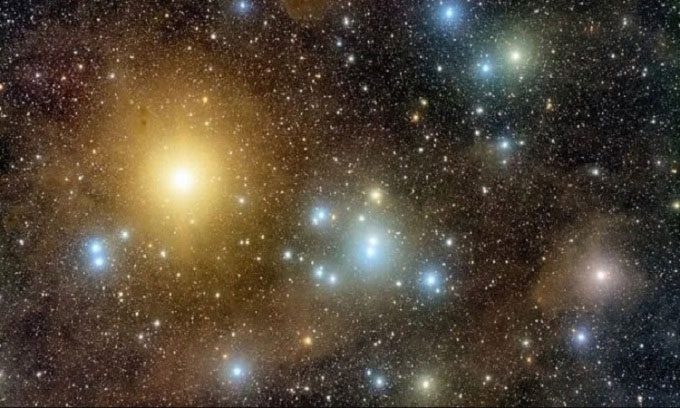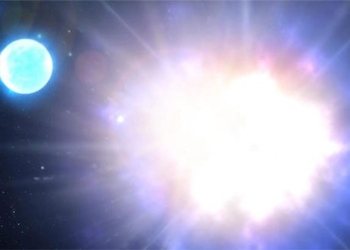Simulation Results Indicate 2 – 3 Hidden Black Holes in the Hyades Star Cluster, Closer to Earth than Previously Recorded Black Holes.
Astronomers may have discovered black holes near Earth hidden within the Hyades Star Cluster, located just 150 light-years from the Sun. In reality, these black holes could have been ejected from the dense star cluster millions of years ago, wandering alone through the galaxy. Even so, they remain approximately 10 times closer than the previously known nearest black hole to Earth, as reported by Space on September 12.

Image of the Hyades Star Cluster. (Photo: Jose Mtanous)
Located in the constellation Taurus, the Hyades is a cluster composed of hundreds of stars. This collection of stars formed simultaneously from the same giant cloud of gas and dust. Consequently, the stars in this cluster share fundamental characteristics such as chemical composition and age.
To identify the nearest black holes to Earth, a research team led by Stefano Torniamenti, a postdoctoral researcher at the University of Padua, created simulations of the motion and evolution of stars in the Hyades. These simulations were developed with the presence of black holes factored into the equations. The scientists then compared the simulation results with previous observational data regarding the speed and position of the star population in the cluster, using data from the Gaia space telescope.
Torniamenti and his colleagues found that the model that best fit the observations of the Hyades included 2 or 3 black holes within the star cluster. This is because if these black holes were violently ejected from the Hyades when the cluster was 1/4 of its current age (about 625 million years), the star population would not have evolved sufficiently to erase all evidence of their existence.
Even today, if the black holes were pushed away from the Hyades, they would still be the closest black holes to Earth due to their proximity to the star cluster. The previous record was held by two black holes, Gaia BH1 and Gaia BH2, discovered from Gaia data earlier this year. Gaia BH1 is located 1,560 light-years from Earth, while Gaia BH2 is 3,800 light-years away. Nevertheless, both are still more than 10 – 20 times farther than the Hyades cluster.





















































